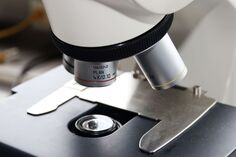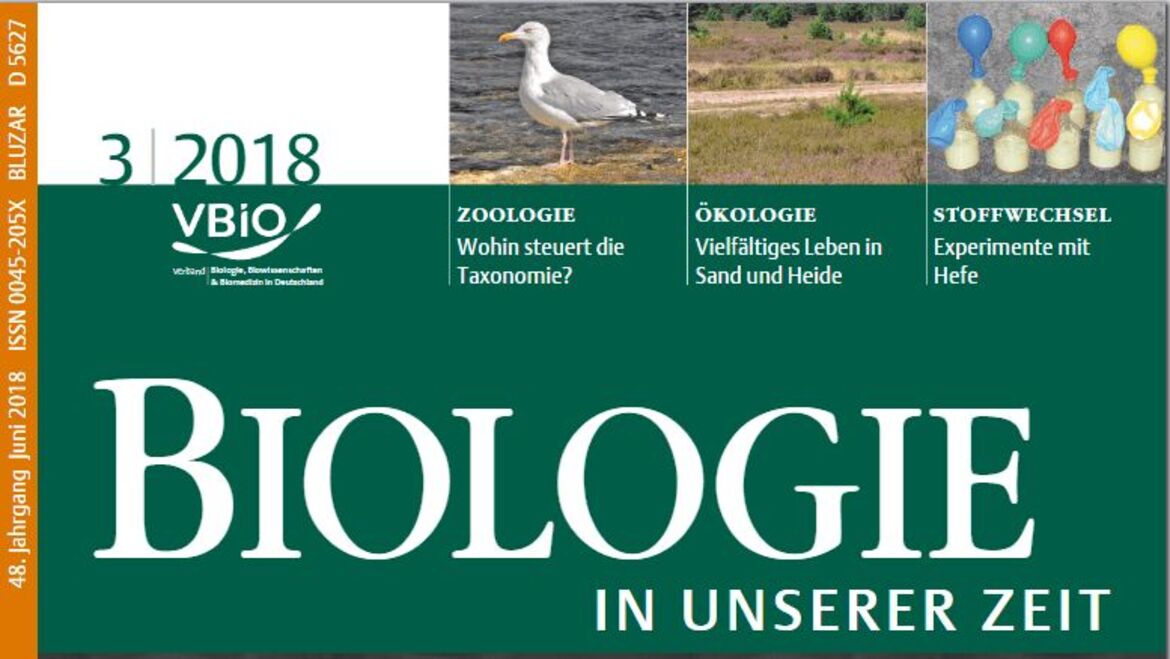Przyborski Lab (2017 - 2020)

Research focus of the Przyborski lab while in Heidelberg
Molecular basis of parasite-induced host cell remodelling
Entry of a pathogen into a nucleated host cell is often associated with a reprogramming of normal cellular functions. This may either be induced by the pathogen itself to increase its chances of survival, or be a protective reaction of the cell to infection. The reprogramming of the host cell can take place at many levels, can be driven by a change in host gene expression or at a post-transcriptional level by the production and export of pathogen encoded factors into the host cell, where they can interfere with normal cellular processes, for example by changing the redox or phosphorylation status of the host cell and components. Thus, there is a direct interplay between the cellular programmes and factors of the host cell and the pathogen. Plasmodium falciparum invades and replicates within the mature human erythrocyte. Despite the metabolically quiescent nature of the erythrocyte, the parasite is nevertheless able to change the structural and biochemical properties of its host cell, and itself adapts to this intracellular lifestyle. Using P. falciparum as a model organism, our goal is to understand the molecular basis of cellular remodelling induced by a pathogen residing within a host cell that is de-nucleated, and thus lacks the ability to respond, or be induced to respond to infection, through gene regulation or major changes in cellular metabolism. Many of the changes induced by the parasite are mediated by parasite proteins that are exported into the host cell. For this reason, we study exported proteins as a window into the host-parasite interaction.
Malaria parasites export several hundred proteins to their host cell, where they mediate a number of significant biochemical, physiological and structural modifications. Of particular importance in disease progression is the parasite-induced phenomenon termed cytoadherence, in which infected cells adhere to endothelium within the body. This leads to a reduction of bloodflow to numerous tissues, and causes pathology in the human host. Cytoadherance is mediated by a parasite-encoded protein, PfEMP1, which is synthesised within the parasite, transported to, and inserted into the plasma membrane of the host cell.
The appearance of PfEMP1 at the erythrocyte plasma membrane raises an intriguing cell biological question; how is PfEMP1 transported through the cytosol of the erythrocyte, a cell that is itself unable to carry out protein transport? In recent years this topic has become the subject of intense research interest, which has revealed that PfEMP1 appears to be trafficked through the host cell as part of a soluble protein complex, before entering into a membrane bound topology upon reaching the host cell plasma membrane.
Due to the hydrophobic nature of PfEMP1, we hypothesised that this protein is likely to be carried in a chaperone-bound form through the host cell. To address this potential mechanism, we have begun to study exported parasite proteins that belong to the chaperone or co-chaperone class, in particular members of the Hsp40 and Hsp70 families. We have been able to localise members of these families to novel structures in the infected erythrocyte referred to as J-dots. These structures seem to contain, in addition to exported parasite chaperones and co-chaperones, PfEMP1. Recent results suggest that an exported parasite chaperone (PfHsp70-x) supports virulence in blood stage parasites. This adds support to the idea that parasite encoded chaperone complexes are required for efficient transport of PfEMP1 to the surface of the infected host cell. Future studies will be directed towards a more detailed molecular dissection of the trafficking pathway of PfEMP1 to the host cell surface, with a view to understanding the exact role of the parasite encoded chaperones and co-chaperones. Additionally, we are now applying a novel genetic system to investigate the function of further exported parasite proteins in parasite survival and virulence.
Transport of parasite proteins through the erythrocyte is a unique situation in eukaryotic cell biology. It appears that the parasite "installs" a protein transport system within the host erythrocyte to enable transport of (for example) PfEMP1 to the cell surface. As such, this transport system is an attractive target for therapeutic intervention. In recent years, a large number of compound libraries have been screened for their ability to kill malaria parasites, however to our knowledge these same compounds have not been screened for their ability to block protein transport. We aim to use a transgenic parasite line, expressing fluorescently tagged PfEMP1, to develop an assay to screen for compounds affecting trafficking of this protein to the surface. This assay should be suitable for medium- to high- throughput screening (i.e. in microtitre plates), and be amenable to automatic image acquisition and processing. Compounds identified in this assay will then progress to secondary testing in more detailed assays to verify their effect on trafficking of endogenous parasite proteins to the host cell surface. This strategy has the eventual goal of developing drugs that can inhibit cytoadherance, and thus the pathology resulting from infection with P. falciparum.
Goal statement
We wish to understand the molecular mechanism underlying protein transport in the malaria-infected erythrocyte, with a view to targeting this system for the development of anti-parasite or anti-disease therapies.
As of January 2020: Jude Przyborski W2 Professor at University of Gießen

In January 2020 our former group leader (and long ago also PhD student) Jude Przyborski started his new position as W2 Professor for Biochemistry and Molecular Biology at the Justus-Liebig University of Gießen. Congratulations!
A selection of activities while in Heidelberg
Article in "Biologie in unserer Zeit"
How do you manage to control a pathogen that has escaped our immune system for hundreds of thousands of years and is resistant to drugs within a short time? The answer may lie in the unusual biology of the malaria pathogen Plasmodium.
More in issue 03/2018 of "Biologie in unserer Zeit", in which 2 of our group leaders report on "The unusual life of malaria parasites".
Heisenberg Fellowship

Jude joined our unit on 1 Oct. 2017 on the basis of the prestigious Heisenberg Fellowship being awarded to him.
This 3-year fellowship by the German Research Foundation gives early career researchers who meet the requirements for professorship the opportunity to pursue an advanced research topic prior to professorial appointment.
We were especially happy to have Jude in Heidelberg as it was more a kind of "reunion" taking into account that he had done his PhD here in the Lanzer lab some 13 years before. After a "short" intermission at the University of Marburg he then returned to lovely Heidelberg (only to leave us again in 2020 for Gießen).
How to get in touch:

Prof Jude Przyborski
Justus Liebig University Giessen
Institute of Nutritional Science
Department of Biochemistry and Molecular Biology





